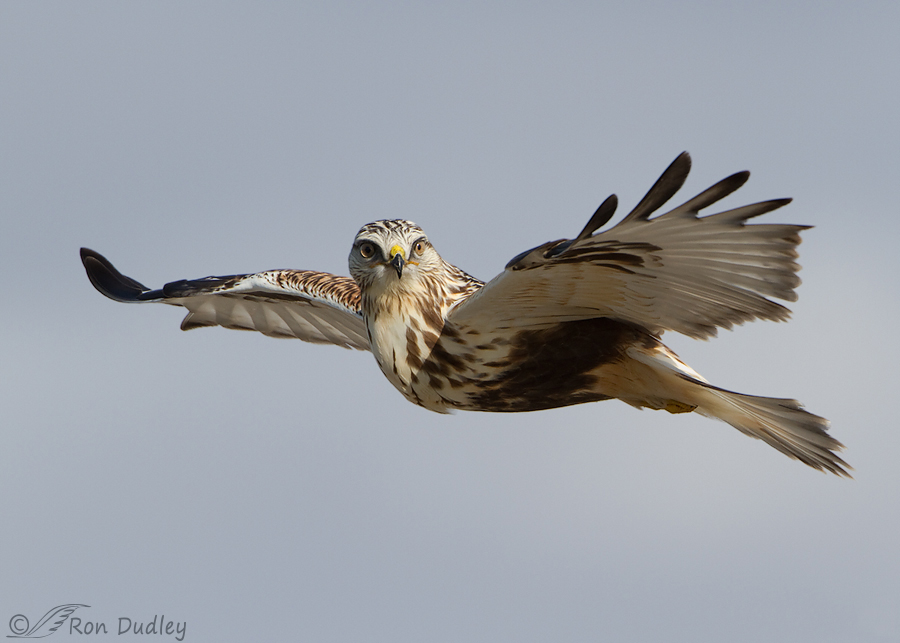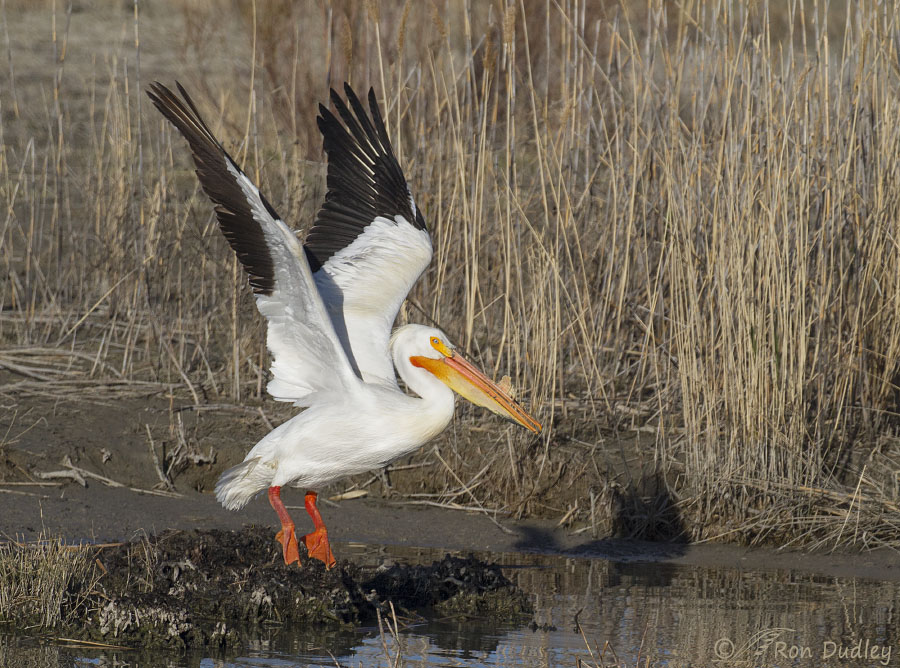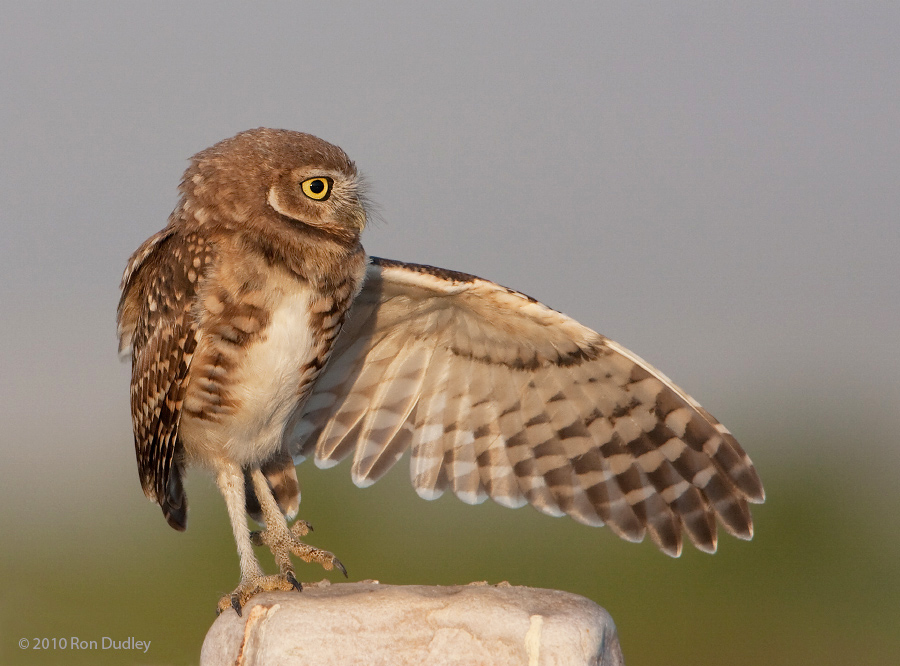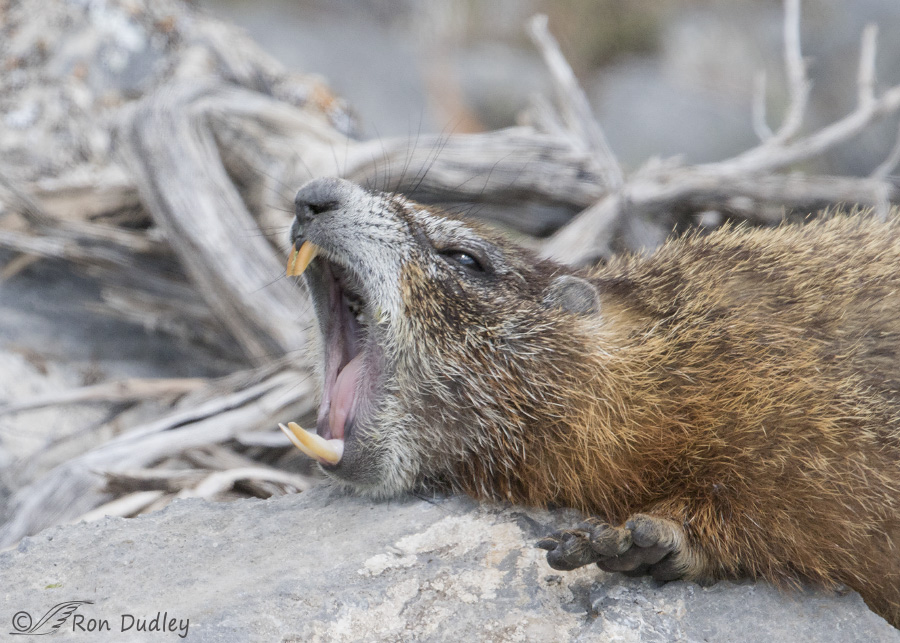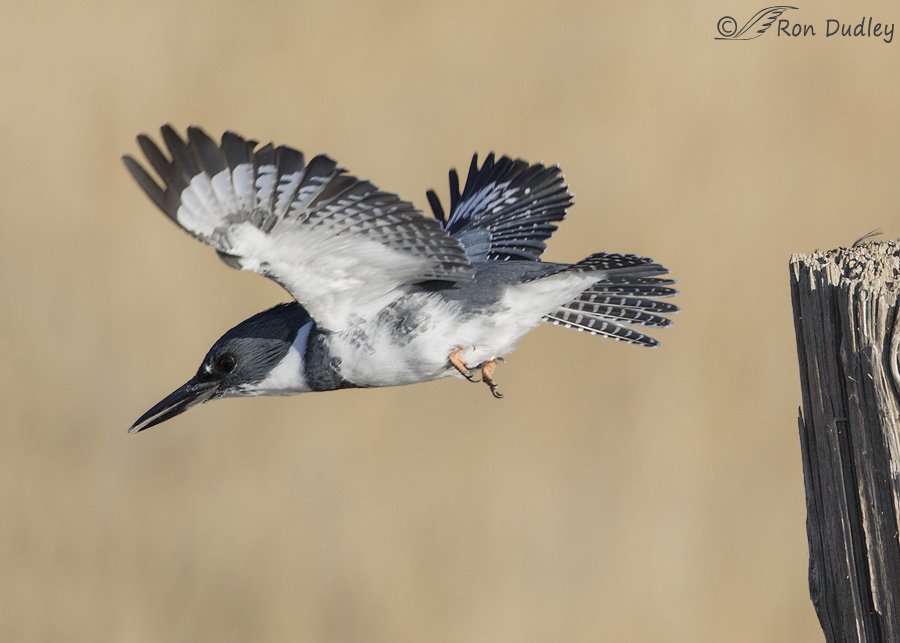Tag: yawn
American White Pelican – A Takeoff Twice Aborted
Juvenile Burrowing Owls – The Clowns Of The Bird World
Yellow-bellied Marmot – A Real Ham For The Camera
Belted Kingfisher – Some Poses And A Takeoff Series
Burrowing Owl Youngsters – Hams Of The Bird World
Prepare to lose your heart if you ever have the opportunity to photograph or watch juvenile Burrowing Owls up close. They’re full of spontaneous antics and personality and they’re cute as a button.
Juvenile Burrowing Owl Posing Up A Storm
The antics of Burrowing Owls are always entertaining but “personality” simply oozes out of the juveniles. 1/400, f/8, ISO 500, 500 f/4, 1.4 tc, natural light, not baited, set up or called in This youngster had recently fledged and had begun to do a little exploring. On this early morning I found it on this perch just after sunrise. Thus was further away from the burrow than I’d seen any of the juveniles up to that point. 1/400, f/8, ISO 500, 500 f/4, 1.4 tc, natural light, not baited, set up or called in Within just a few minutes it gave me a variety of interesting poses – first an enthusiastic yawn… 1/500, f/8, ISO 500, 500 f/4, 1.4 tc, natural light, not baited, set up or called in and then long and drawn out wing stretch with left foot extended… 1/500, f/8, ISO 500, 500 f/4, 1.4 tc, natural light, not baited, set up or called in which concluded with the wing down and partially hidden behind the rock. Soon after this shot was taken the bird flew back to the comfort and security of the burrow and the rest of its family. Ron
A Few Recent Loggerhead Shrikes
There’s always a few Loggerhead Shrikes that winter-over on Antelope Island and I find them to be fascinating subjects. Their approachability is very unpredictable but occasionally they’ll allow me to get close, especially when it’s very cold in the mornings or if they’re about to hack up a pellet. These are images I was able to get in the last few weeks. ***Note: The last image in this post is graphic. If your sensibilities might be offended by such a photo please stop scrolling before you get to the last (6th) image. 1/3200, f/5.6, ISO 500, 500 f/4, 1.4 tc This bird was practicing its springtime melodic repertoire a few weeks early (image taken on 2/5/12). It was a relatively warm, sunny morning and it was singing its little heart out (if you can call shrike calls “singing”). 1/2000, f/6.3, ISO 400, 500 f/4, 1.4 tc With their black masks these shrikes always remind me of little bandits and they have an attitude to go along with that perception. They get their name from their unusually large head (loggerhead means “block head”). 1/8000, f/5.6, ISO 500, 500 f/4, 1.4 tc I like the soft, even light and the setting in this image even though the twigs in front of the bird may not be ideal for some. 1/640, f/7.1, ISO 640, 500 f/4, 1.4 tc I’m including this shot just for fun. I liked the fluffy, relaxed pose to go along with the yawn. 1/1250, f/7.1, ISO 500, 500…
Great Horned Owl Fledglings and Juveniles
Great Horned Owls (hereafter referred to as GHO’s in this post) have been resident on the Dudley farm in NW Montana for years and are usually successful in raising one brood of youngsters. Typically they’ll nest in one of the several old granaries available to them. Peekaboo youngster Most of these older granaries have seen their better days since many were constructed in the 1930’s and have had to withstand the fierce Montana wind but the owls love them for both roosting and nesting. Here you can see a very young GHO peering out at me over the back of its sibling. Siblings on granary floor These are the siblings on the granary floor. It has been used only for junk storage for many years so it’s very cluttered but the owls don’t seem to mind in the least. Chicks in tree nest GHO’s will often nest in trees but like other owls and falcons they do not build their own nests, preferring to take over the previously used nests of other species such as Red-tailed Hawks (most commonly), other hawks, crows, ravens and herons. I found this nest next to a major road about 35 miles from the farm. I don’t know what species originally constructed this nest but the spring after these photos were taken the nest was being used by a pair of Swainson’s Hawks. Interspecific recycling in the bird world… Three GHO chicks in a tree This is the same nest as in the previous image. As you can see the…
Burrowing Owls – Clowns of the Bird World
Of the many bird species I’ve photographed, Burrowing Owls by far show the most “personality”. Their repertoire of silly antics, funny poses, stretches, yawns and grooming behaviors are a photographers dream. And once they feel comfortable in your presence they will often allow you to photograph them for a very long time without flying off or retreating to their burrow. But you have to find them first… The antics of juveniles are even more exaggerated than those of adults. Most of the images I will present here are of juveniles. Some of the shots were taken in less than ideal conditions (harsh light, shadows, clutter) but I think they illustrate the goofball personalities of these birds well. Giving the photographer a suspicious look It’s difficult to resist being anthropomorphic (ascribing human emotion or motivation to non-human species) when it comes to Burrowing Owls so I won’t even try. This juvenile looks very suspicious of me but in reality I suspect that it was only curious. Wing-stretch with lifted foot, or “They went that-a-way!” Topsy turvy owl Juveniles practice their parallax skills regularly. It involves bobbing and twisting their heads so their eyes can view an object (in this case me) from different positions. This allows them to better determine distance to that object. I’m sure it’s serious business for the owls but to us it can sure look silly. And adorable. Reaction to sudden and unexpected rain One sunny and hot August morning I was photographing a pair of juveniles when a single cloud passed overhead and…
American White Pelican – A Takeoff Twice Aborted
Juvenile Burrowing Owls – The Clowns Of The Bird World
Yellow-bellied Marmot – A Real Ham For The Camera
Belted Kingfisher – Some Poses And A Takeoff Series
Burrowing Owl Youngsters – Hams Of The Bird World
Prepare to lose your heart if you ever have the opportunity to photograph or watch juvenile Burrowing Owls up close. They’re full of spontaneous antics and personality and they’re cute as a button.
Juvenile Burrowing Owl Posing Up A Storm
The antics of Burrowing Owls are always entertaining but “personality” simply oozes out of the juveniles. 1/400, f/8, ISO 500, 500 f/4, 1.4 tc, natural light, not baited, set up or called in This youngster had recently fledged and had begun to do a little exploring. On this early morning I found it on this perch just after sunrise. Thus was further away from the burrow than I’d seen any of the juveniles up to that point. 1/400, f/8, ISO 500, 500 f/4, 1.4 tc, natural light, not baited, set up or called in Within just a few minutes it gave me a variety of interesting poses – first an enthusiastic yawn… 1/500, f/8, ISO 500, 500 f/4, 1.4 tc, natural light, not baited, set up or called in and then long and drawn out wing stretch with left foot extended… 1/500, f/8, ISO 500, 500 f/4, 1.4 tc, natural light, not baited, set up or called in which concluded with the wing down and partially hidden behind the rock. Soon after this shot was taken the bird flew back to the comfort and security of the burrow and the rest of its family. Ron
A Few Recent Loggerhead Shrikes
There’s always a few Loggerhead Shrikes that winter-over on Antelope Island and I find them to be fascinating subjects. Their approachability is very unpredictable but occasionally they’ll allow me to get close, especially when it’s very cold in the mornings or if they’re about to hack up a pellet. These are images I was able to get in the last few weeks. ***Note: The last image in this post is graphic. If your sensibilities might be offended by such a photo please stop scrolling before you get to the last (6th) image. 1/3200, f/5.6, ISO 500, 500 f/4, 1.4 tc This bird was practicing its springtime melodic repertoire a few weeks early (image taken on 2/5/12). It was a relatively warm, sunny morning and it was singing its little heart out (if you can call shrike calls “singing”). 1/2000, f/6.3, ISO 400, 500 f/4, 1.4 tc With their black masks these shrikes always remind me of little bandits and they have an attitude to go along with that perception. They get their name from their unusually large head (loggerhead means “block head”). 1/8000, f/5.6, ISO 500, 500 f/4, 1.4 tc I like the soft, even light and the setting in this image even though the twigs in front of the bird may not be ideal for some. 1/640, f/7.1, ISO 640, 500 f/4, 1.4 tc I’m including this shot just for fun. I liked the fluffy, relaxed pose to go along with the yawn. 1/1250, f/7.1, ISO 500, 500…
Great Horned Owl Fledglings and Juveniles
Great Horned Owls (hereafter referred to as GHO’s in this post) have been resident on the Dudley farm in NW Montana for years and are usually successful in raising one brood of youngsters. Typically they’ll nest in one of the several old granaries available to them. Peekaboo youngster Most of these older granaries have seen their better days since many were constructed in the 1930’s and have had to withstand the fierce Montana wind but the owls love them for both roosting and nesting. Here you can see a very young GHO peering out at me over the back of its sibling. Siblings on granary floor These are the siblings on the granary floor. It has been used only for junk storage for many years so it’s very cluttered but the owls don’t seem to mind in the least. Chicks in tree nest GHO’s will often nest in trees but like other owls and falcons they do not build their own nests, preferring to take over the previously used nests of other species such as Red-tailed Hawks (most commonly), other hawks, crows, ravens and herons. I found this nest next to a major road about 35 miles from the farm. I don’t know what species originally constructed this nest but the spring after these photos were taken the nest was being used by a pair of Swainson’s Hawks. Interspecific recycling in the bird world… Three GHO chicks in a tree This is the same nest as in the previous image. As you can see the…
Burrowing Owls – Clowns of the Bird World
Of the many bird species I’ve photographed, Burrowing Owls by far show the most “personality”. Their repertoire of silly antics, funny poses, stretches, yawns and grooming behaviors are a photographers dream. And once they feel comfortable in your presence they will often allow you to photograph them for a very long time without flying off or retreating to their burrow. But you have to find them first… The antics of juveniles are even more exaggerated than those of adults. Most of the images I will present here are of juveniles. Some of the shots were taken in less than ideal conditions (harsh light, shadows, clutter) but I think they illustrate the goofball personalities of these birds well. Giving the photographer a suspicious look It’s difficult to resist being anthropomorphic (ascribing human emotion or motivation to non-human species) when it comes to Burrowing Owls so I won’t even try. This juvenile looks very suspicious of me but in reality I suspect that it was only curious. Wing-stretch with lifted foot, or “They went that-a-way!” Topsy turvy owl Juveniles practice their parallax skills regularly. It involves bobbing and twisting their heads so their eyes can view an object (in this case me) from different positions. This allows them to better determine distance to that object. I’m sure it’s serious business for the owls but to us it can sure look silly. And adorable. Reaction to sudden and unexpected rain One sunny and hot August morning I was photographing a pair of juveniles when a single cloud passed overhead and…


